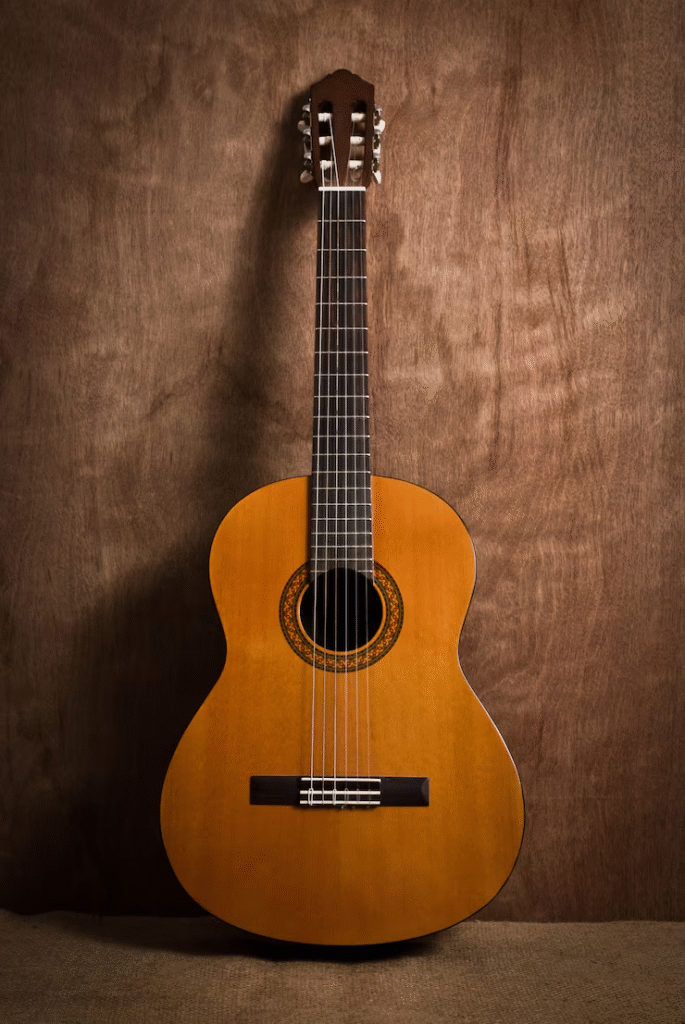Top 10 Richest Hindi Singers and Their Net Worth in 2025
India has given birth to some of the most iconic and melodious singers whose voices have transcended time and boundaries. These artists not only rule the hearts of millions but have also accumulated substantial wealth through their phenomenal careers in playback singing, live concerts, brand endorsements, and entrepreneurial ventures. Here’s an in-depth look at the top 10 richest Hindi singers and their net worths in 2025. 1. A.R. Rahman — Net Worth: ₹1728 Crore A.R. Rahman, known as the “Mozart of Madras,” tops the list with an estimated net worth of ₹1728 crore. His music has won him numerous global accolades, including two Academy Awards and multiple Grammys. Rahman’s income streams include blockbuster Bollywood soundtracks, Hollywood projects, international tours, and various music technology ventures. Songs like “Jai Ho,” “Chaiyya Chaiyya,” and “Tere Bina” have touched millions worldwide, solidifying his place as the richest singer in India. 2. Arijit Singh — Net Worth: ₹414 Crore Arijit Singh is currently the most beloved voice in Bollywood. His versatility and soulful singing have earned him a massive fan base both in India and internationally. With over 300 songs in multiple languages and millions of active Spotify listeners, Arijit commands fees of ₹8-10 lakh per song and up to ₹1.5 crore per concert. His net worth has soared to ₹414 crore in 2025 owing to concerts, endorsements, and streaming royalties. 3. Sonu Nigam — Net Worth: ₹370 Crore Sonu Nigam is a versatile artist loved for his evergreen hits like “Kal Ho Na Ho” and “Saathiya.” With a career spanning decades, he has diversified his earnings through judging music reality shows, producing music, and global tours. His charismatic stage presence and melodious voice have contributed to his impressive net worth of ₹370 crore. 4. Tulsi Kumar — Net Worth: ₹210 Crore A prominent female voice in the Indian music industry, Tulsi Kumar has made her mark with hit songs such as “Tum Jo Aaye” and “Soch Na Sake.” Her net worth of ₹210 crore comes from playback singing, co-ownership in the music label T-Series, and her children’s YouTube channel Kids Hut, making her one of the richest female singers in India. 5. Honey Singh — Net Worth: ₹246 Crore Known popularly as Yo Yo Honey Singh, he revolutionized India’s rap and pop music scene. With chartbusters like “Lungi Dance” and “Brown Rang,” Honey Singh commands a high price per song and concert, contributing to his whopping net worth of ₹246 crore. Besides music, he also earns through brand endorsements and his record label. 6. Shreya Ghoshal — Net Worth: ₹185 Crore Shreya Ghoshal’s melodious voice and versatility have made her one of the highest-paid female playback singers in India. With hit songs like “Teri Ore” and “Dola Re Dola,” she charges ₹25 lakh per song, earning an estimated net worth of ₹185 crore. She has also collaborated internationally, expanding her musical footprint beyond Bollywood. 7. Badshah — Net Worth: ₹124 Crore Badshah, the rap sensation known for songs like “Saturday Saturday” and “DJ Wale Babu,” has a diversified income including brand endorsements and a stake in a nightclub. His dynamic music style has earned him ₹124 crore, making him one of the top-earning singers in India. 8. Sunidhi Chauhan — Net Worth: ₹110 Crore Sunidhi Chauhan is celebrated for her energetic and powerful vocals in songs such as “Beedi” and “Sheila Ki Jawani.” Her dynamic presence in Bollywood and her ability to sing across genres have given her a net worth of ₹110 crore. 9. Mukesh — Net Worth: Historical Legend Although not currently active, Mukesh remains one of Bollywood’s most beloved singers with timeless classics. His legacy continues to generate revenue posthumously through royalties and tributes. 10. Lata Mangeshkar — Net Worth: Historical Legend Known as the “Nightingale of India,” Lata Mangeshkar’s vast repertoire of songs and influence on Indian music culture is unparalleled. Despite her passing, her work continues to generate substantial royalties, preserving her wealth legacy. Conclusion The wealth accumulated by these singers is a testament to their immense talent, hard work, and enduring popularity. From legendary icons to contemporary stars, the Indian music industry offers lucrative opportunities for those who master the art. In 2025, these singers not only dominate the charts but also lead in financial success, inspiring the next generation of artists.
Top 10 Richest Hindi Singers and Their Net Worth in 2025 Read More »

